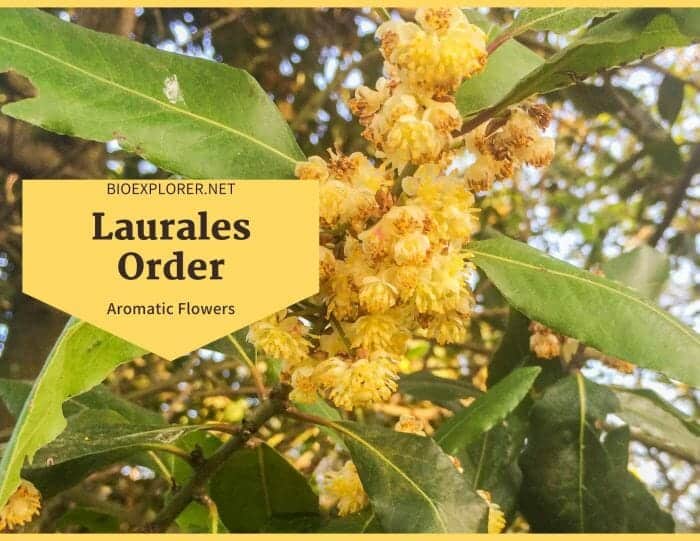
Laurales is an order of flowering species composing aromatic oil flowers from trees, shrubs, herbs, and vines. This order comprises seven families (Atherospermataceae, Calycanthaceae, Gomortegaceae, Hernandiaceae, Lauraceae, Monomiaceae, and Siparunaceae), 91 genera, and 2900 species.
Order Laurales forms the magnoliid clade (early evolutionary branch of the angiosperm tree), with Magnoliales, Piperales, and Canellales. Laurales species are used for lumber, medicinal extracts, essential oils, and ornamentals.
Table of Contents
Laurales Pronunciation
Laurales Distribution
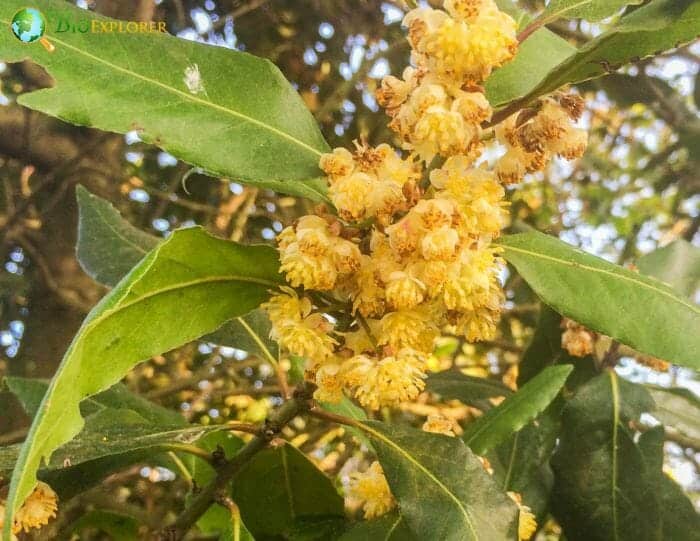
Most Laurales thrive in warm or tropical areas, and they are very abundant in moist-composed climates.
Lauraceae (Laurel Family) is made up of 50 genera and 2500 species. They are distributed in the regions of the tropics and subtropics. The majority of Lauraceae species are thriving in Southeast Asia and tropical America (Brazil). Some species, however, are found in South Africa, the Mascarene Islands, Australasia, Australia, the Mediterranean, and New Zealand.
Family Monimiaceae (the second largest family) is made up of 22 genera with 200 species. Species of Monimiaceae occur mainly in the warmer areas of the Southern hemisphere. However, they can also survive in tropical and subtropical regions. Their genus Monimia is limited to the area of the Mascarene Islands.
Family Siparunaceae has 2 genera with 75 species. This family is distributed in tropical West Africa, Mexico, Central America, and tropical South America.
Family Hernandiaceae has 5 genera and 55 species. It is a small and primitive family found in all continental tropics. It is distributed in Central and South America, the West Indies, West Africa, Indo-Malaysia, and Pacific Islands. Some species are also found in Western Australia and southeast Queensland.
Family Atherospermataceae (southern sassafrases) consists of 7 genera and 16 species. They are primarily found in Australia, New Guinea, New Caledonia, and Chile. Family Calycanthaceae with 3 genera and 10 known species is found in California and the Southeastern United States. The last family, Gomortegaceae, consists of only 1 genus and 1 species. The single species, Gomortega keule, is endemic to central Chile.
![]()
Laurales Characteristics
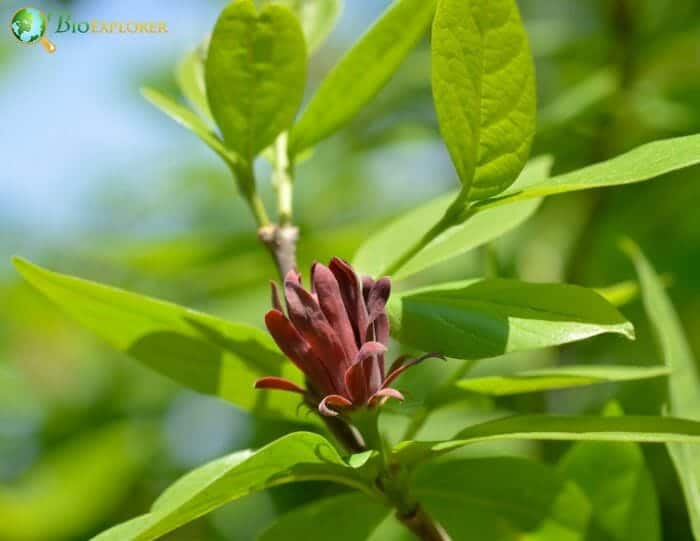
Despite the diversity of the characteristics between families, members of Laurales share several characteristics.
- Laurales are characterized by woodiness (except Cassytha). Plants possess conducting tissue (single strand) that continues from stem to leaf.
- All have aromatic (ethereal) oil cells, important in spices, perfumes, and medicines.
- Sieve tubes contain plastids with polygonal protein crystalloids and starch.
- The leaves are opposite. The petiole bundles are arcuate.
- Flowers are generally small and are often arranged in distinct whorls. The flowers can be perigynous or epigynous.
- Fruits are indehiscent. The pericarp remains intact when the fruit is shed from the plant.
- The ovary is superior or inferior, and the pollen grains either have two apertures (biaperturate) or none at all (inaperturate).
![]()
Laurales Flowers and Reproduction
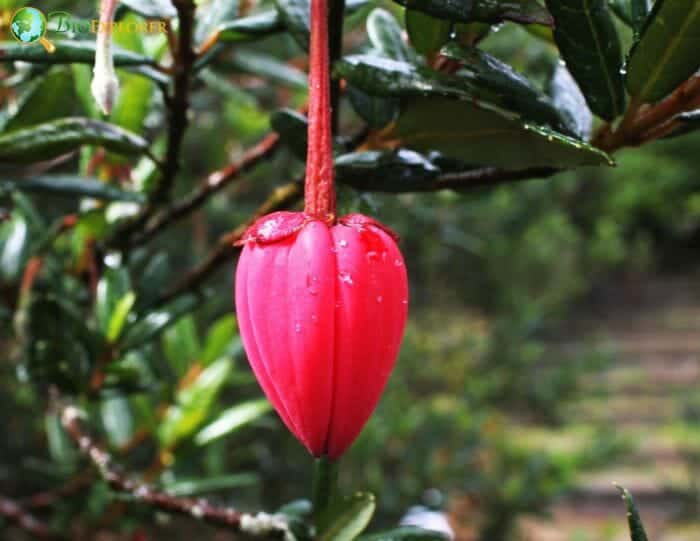
Flowers of Laurales species are mostly small and often arranged in distinct whorls except for some Calycanthaceae (large flowers and parts are arranged in a spiral and intergrade). Laurales can have perigynous or epigynous flowers. In perigynous flowers, the hypanthium surrounds the semi-inferior ovary region. If flowers are epigynous, the hypanthium is enclosed and fused with the ovary.
Many members have stamens with nectar-bearing appendages, and the pollen is released by the anthers via valves. Pollination in Laurales is the same with the Magnoliales, wherein insects act as primary pollinators.
Flowers of Lauraceae, having modified stamens, are insect-pollinated[1]. Stamens secrete either odor or nectar that attracts insects. Furthermore, Lauraceae have two flower types manifesting different daily patterns of stigma receptivity and pollen presentation. This mechanism allows outcrossing to occur.
Tambourissa of Monimiaceae[2], having an impressive range of floral diversity, attracts their pollinators through their scent, color, nectar, and pollen. On the other hand, the pollination of Siparunaceae is by gall midges[3]. This insect uses the staminate flowers as the place where it lays the eggs, whereby contacting stamens or styles.
![]()
Laurales Family Differences
Lauraceae
- Leaves are alternately arranged or whorled.
- Flowers are bisexual or unisexual.
- The ovary is superior.
- Pollen is inaperturate.
![]()
Hernandiaceae
- Leaves are alternate, sometimes with translucent oil dots.
- Flowers are regular, bisexual, or unisexual.
- Members have inaperture pollen and stamens with valvular dehiscence.
- Hernandiaceae have inferior ovaries and indehiscent dry fruits.
![]()
Atherospermataceae
- It has opposite, serrated leaves.
- Flowers are bisexual or unisexual.
- Pollens are biaperturate.
- The ovary is inferior and produces dry fruits.
![]()
Monimiaceae
- Plants have simple leaves but oppositely arranged.
- Flowers are unisexual or bisexual.
- The ovary is superior and produces fleshy fruits.
- Pollens are inaperturate.
![]()
Calycanthaceae
- Leaves are thinner and softer than other members of Laurales.
- The seeds have large embryos and have little if any endosperm during maturity.
- The ovary is inferior and produces dry fruits.
- Pollens are biaperturate.
![]()
Siparunaceae
- Leaves are opposite, mostly serrate.
- Flowers are unisexual
- The ovary is inferior and produces fleshy fruits.
![]()
Gomortegaceae
- Leaves are opposite, shining, and leathery.
- Flowers are bisexual.
- It has an inferior ovary, and fruits are fleshy.
- Pollen is inaperturate.
![]()
Laurales Example Species
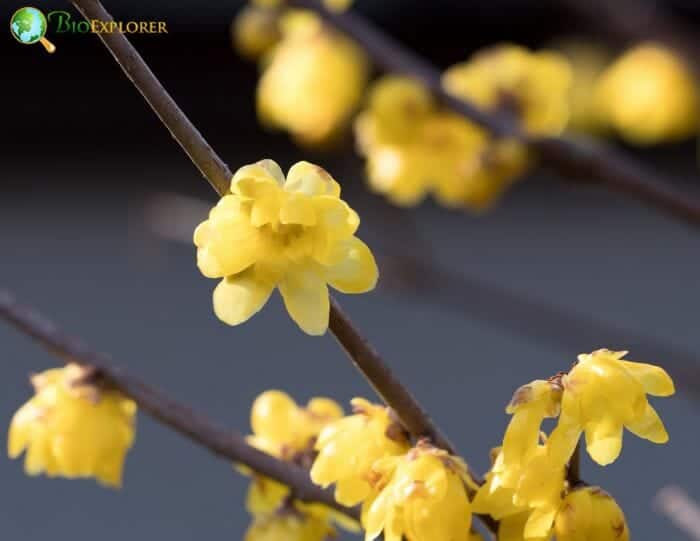
Almost all species of Laurales have aromatic oils. The following are the common plant examples of Laurales:
- Avocado
- Bay Laurel
- Limoncillo
- Negramina
- Grease Nut
- Carolina Allspice
- Bois Tambour
- Wintersweet
- Lantern Tree
- Blackheart sassafras
- Peruvian Nutmeg
![]()











